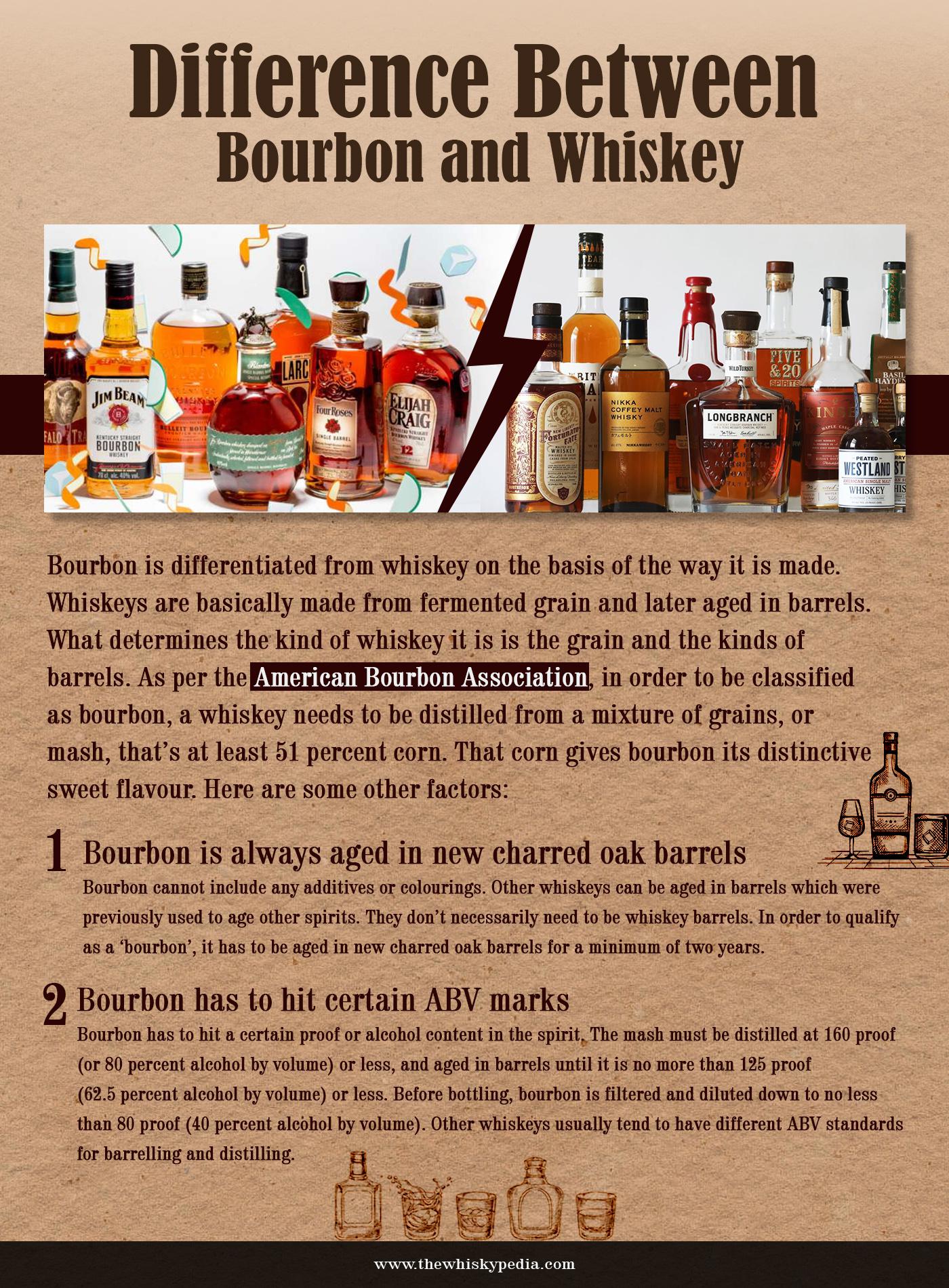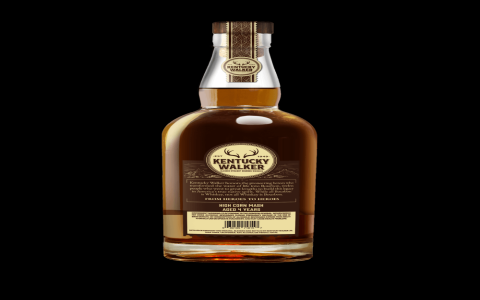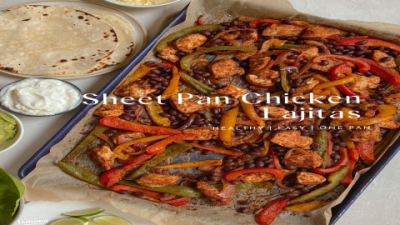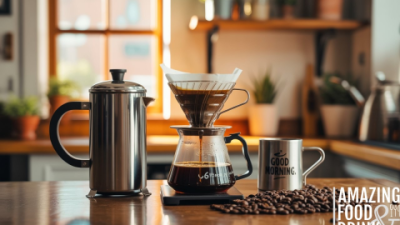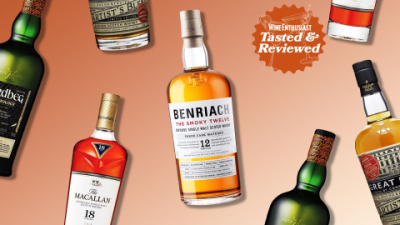1. What’s the Deal? Whiskey vs. Bourbon Explained Simply
Let’s start by clearing up the confusion around whiskey and bourbon. Think of whiskey as the big family, and bourbon as one of its coolest cousins. Whiskey is a broad category of spirits made from fermented grains, while bourbon is a special type of whiskey that follows some pretty strict rules. So, all bourbon is whiskey, but not all whiskey is bourbon. Sounds tricky, right? Don’t worry, we’ll break it down in a way that makes sense.
2. A Blast from the Past: The History of Whiskey and Bourbon
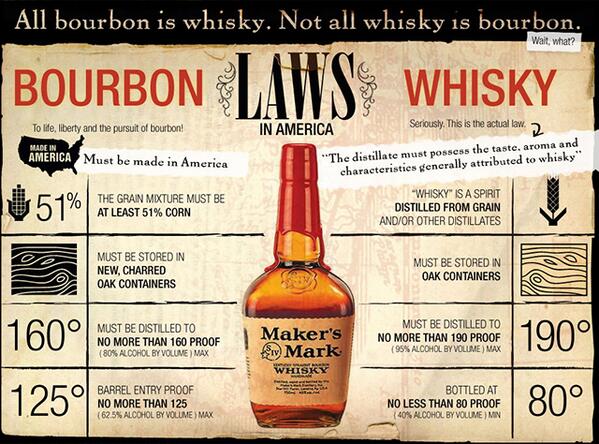
Ever wondered how whiskey and bourbon came to be? Whiskey has roots going back to medieval Ireland and Scotland, where monks first started distilling it. Bourbon, on the other hand, is an American creation that really took shape in the late 1700s, especially in Kentucky. Here are three key moments in their history: first, whiskey distillation in Europe; second, whiskey-making arriving in America; and third, bourbon getting its official name and legal protection in the 1960s. This history is what makes bourbon so unique today.
3. Where It’s Made Matters: The Geography of Bourbon and Whiskey
Location plays a big role in what makes bourbon and whiskey different. Bourbon has to be made in the USA to earn its name, with Kentucky being the bourbon capital. Whiskey, however, is made all over the world—from Scotland and Ireland to Canada and Japan—each with its own style. Kentucky is perfect for bourbon because of its climate, the abundance of corn (bourbon’s main ingredient), and a strong bourbon tradition that’s been passed down for generations.
4. How It’s Made: The Secret Sauce Behind Bourbon and Whiskey
Let’s get into how these drinks are made. Bourbon must be made from at least 51% corn, distilled to no more than proof, and aged in new charred oak barrels. Whiskey can be made from various grains like barley, rye, corn, or wheat, and the aging rules change depending on the type. The bourbon process includes five main steps: mashing the grains (mostly corn), fermentation, distillation, aging in new charred oak barrels, and finally bottling. This process gives bourbon its signature sweet and rich flavor.
5. The Law’s in the Barrel: Legal Rules That Define Bourbon
Why does bourbon have so many rules? Because the U.S. government wants to protect its quality and authenticity. To be called bourbon, it must meet certain legal standards: it has to be made in the USA, use at least 51% corn in the mash, be aged in new, charred oak barrels, and distilled below proof. These rules ensure that every bottle of bourbon you pick up is the real deal.
6. Sip and Savor: Flavor Differences Between Whiskey and Bourbon
Wondering how bourbon tastes compared to other whiskeys? Bourbon tends to be sweeter, with flavors like caramel, vanilla, and oak. Other whiskeys might be smoky, spicy, or fruity, depending on their ingredients and aging process. For example, Scotch whiskey often has a smoky or peaty taste, while rye whiskey is usually spicier and bolder. Knowing these flavor profiles can help you find the drink that suits your taste buds.
7. Busting Myths: Common Misconceptions About Whiskey and Bourbon
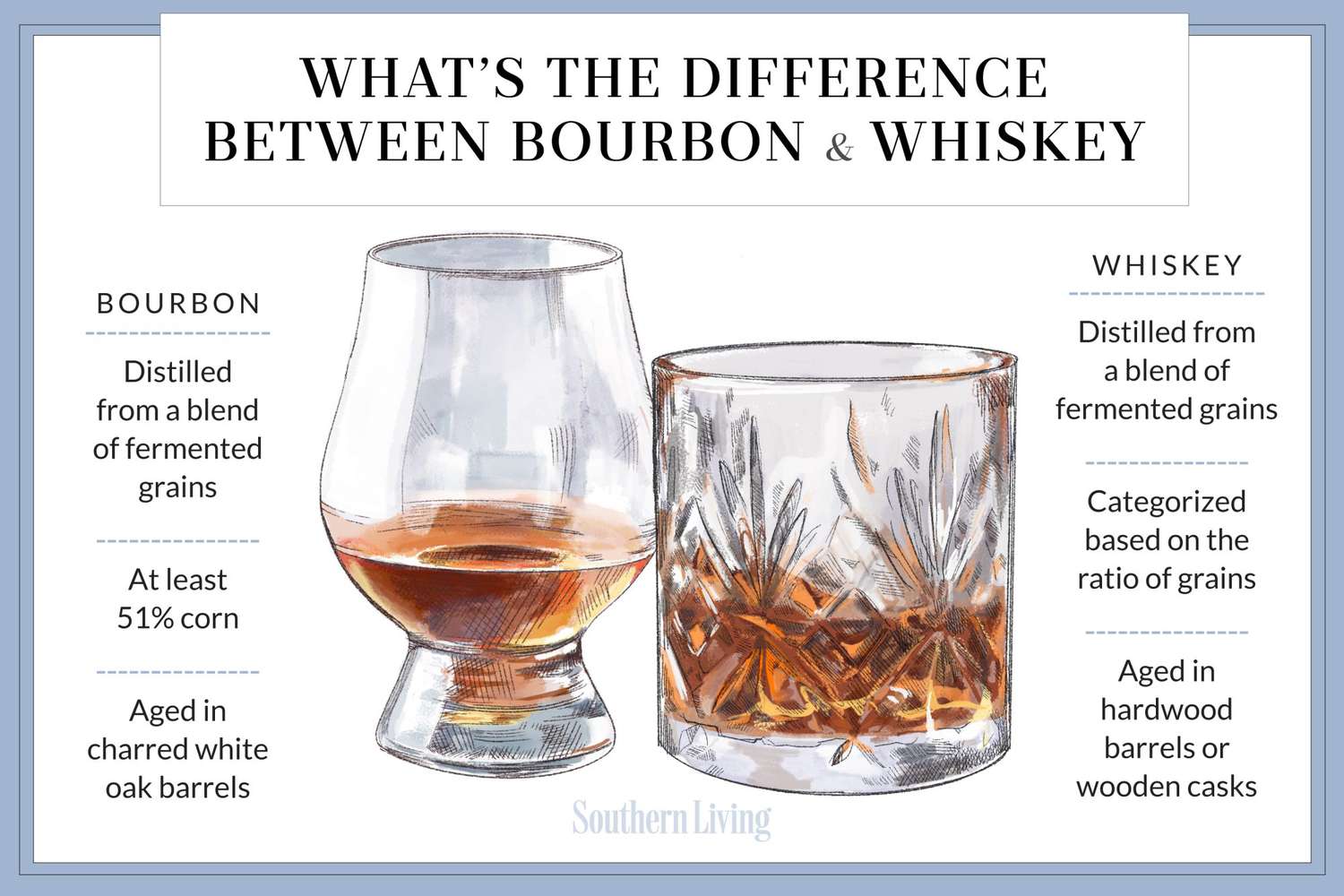
Let’s clear up some common myths. First, not all whiskey is bourbon—that’s false. Bourbon has to meet specific criteria to earn its name. Second, bourbon doesn’t have to be made in Kentucky, although most of it is. And third, bourbon isn’t always aged for years; there are minimum aging requirements, but some bourbons are younger. Getting these facts right will make you the whiskey expert in your group.
8. Shopping Smart: How to Choose Between Whiskey and Bourbon
Ready to pick your first bottle? Look for “straight bourbon” on the label to make sure you’re getting quality. Check the mash bill if you want something sweeter (more corn means sweeter bourbon). If you’re new to bourbon, try small bottles or samples before buying a full one. Some beginner-friendly bourbons to try include Buffalo Trace, Maker’s Mark, Wild Turkey 101, Bulleit Bourbon, and Woodford Reserve. Shopping for bourbon doesn’t have to be overwhelming!
9. Why Bourbon Rocks American Culture (And Whiskey Rules Worldwide)
Bourbon isn’t just a drink—it’s a big part of American culture. It’s tied to history, music, and even movies. Whiskey, meanwhile, has fans all over the world, each with their own unique styles. Here are three cool bourbon culture facts: bourbon festivals draw thousands every year, it’s the official spirit of Kentucky, and bourbon-inspired cocktails are trending everywhere. There’s a lot to celebrate in every glass!
10. Quick Visual Guide: Whiskey vs. Bourbon at a Glance
Sometimes it helps to see things side-by-side. Here’s a quick comparison to keep in mind:
| Feature | Whiskey | Bourbon |
|---|---|---|
| Grain Used | Barley, rye, corn, wheat | At least 51% corn |
| Aging | Varies, often used barrels | New charred oak barrels |
| Origin | Worldwide | USA (mostly Kentucky) |
| Flavor | Smoky, spicy, fruity | Sweet, caramel, vanilla |
| Legal Definition | Broad, varies by country | Strict U.S. standards |
Keep this cheat sheet handy next time you’re picking a bottle!
Final Tips for Whiskey Lovers
Don’t be afraid to try different types and brands. Classic bourbon cocktails like the Old Fashioned or Mint Julep are great ways to enjoy bourbon. And most importantly, always drink responsibly and enjoy the journey of discovering new flavors.
